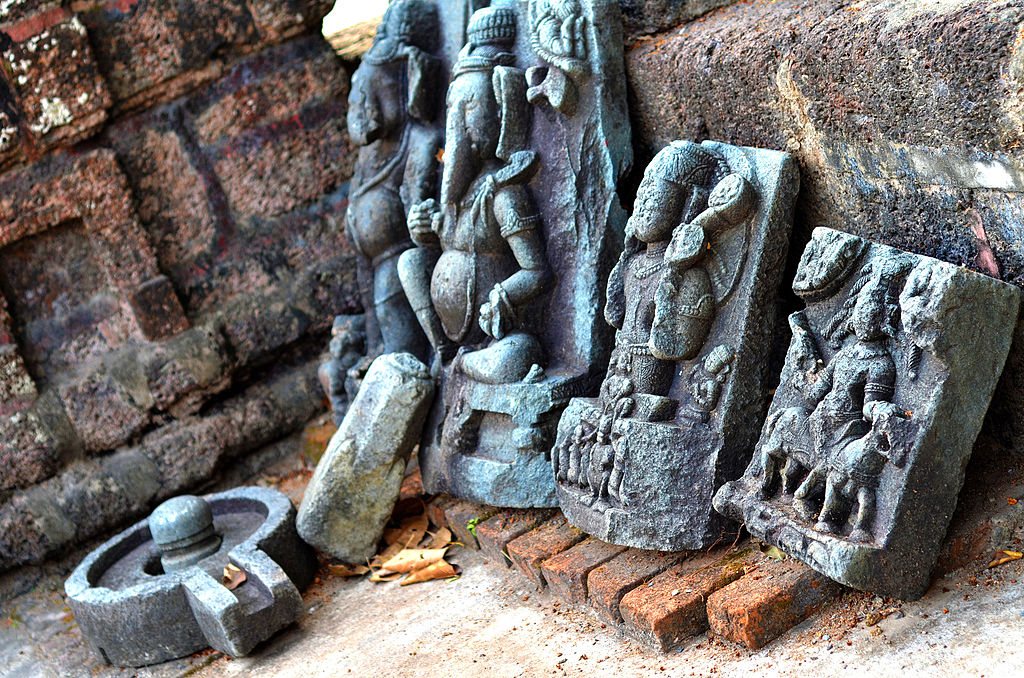The village of Shergarh, in the Baleswar district of Odisha, is famous for the Khajureswar community of temples of Shiva. Khajureswara Sivalinga, along with Baneswar Shiv Linga from Baleshwer town, is said to have been built by Banasura. A small compound with a cluster of temples has a Khajureswara temple: 3 smaller temples and 2 stupas.
There are stone idols of Chamunda, Varahi, Kaumari, Maheswari Brahmani, Vaishnavi, Parvati, Virabhadra and Ganesh in the entire Deula complex and a representation of each of the styles of Rekha, Pidha and Khakara. Haraparvati in chloride stone and a Gajalaxmi are the other prominent figures of the Shakti Cult of this area. Khajureswara Temple
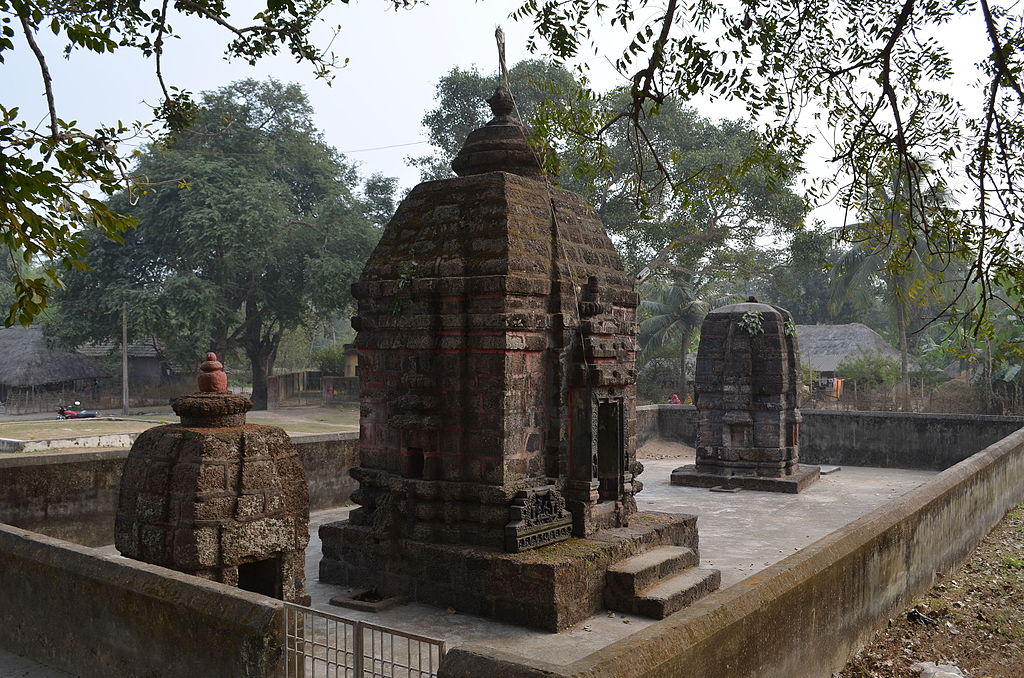
You can read our another post on The Leaning Temple of Huma: A Unique Architectural Wonder
The Temple Complex
Perched on an elevated plain in Balasore’s Khajurasahi, this temple complex is a prominent place to explore the Kalinga style of architecture’s elegance and symmetry. Some of the idols found in this temple are believed to go back to the time of Somavamshi.
A four-armed idol of Durga sitting on a lion, identifiable to the 9th-10th centuries A.D. It is currently affixed to one of the outer walls of the temple of Khajureswara, carrying a rosary, sword, trident and lotus.Khajureswara Temple
The pidha temples of the impoverished Kalingan order are the “Vimana” and “Jagamohana” of the complex. Some of the Hindu deities of the Somavansi period (10th to 11th centuries AD) are housed here. “There are three lingas without Joni Pitha (also referred to as” Yonipitha “or a base) and a circular Joni Pitha without linga (locally referred to as” Patalaphuta, Khajureswara Temple “meaning a deity originating from the crux of the earth).
Between the 18th and 19th centuries, the sanctuary was built where the idols were built during the 10th and 11th centuries. During the 19th century, local landlord Gangadhara Senapati had it restored. Some of the idols in the current temple are now being worshipped.
This complex, built in 11 AD during the Vajrayana period of Buddhism, has an exceptional stone base that is currently worshipped as Shiva. The stupa is generally referred to as “Patala phuta” with the shift to Hinduism. Both “Vimana” and “Jagamohana” are pidha temples of the impoverished Kalingan order.
Some of the Hindu deities of the Somavansi period (10th to 11th centuries AD) are housed here. Without Joni Pitha (Yoni Pitha), there are three lingas and without the linga, there is a circular Joni Pitha.
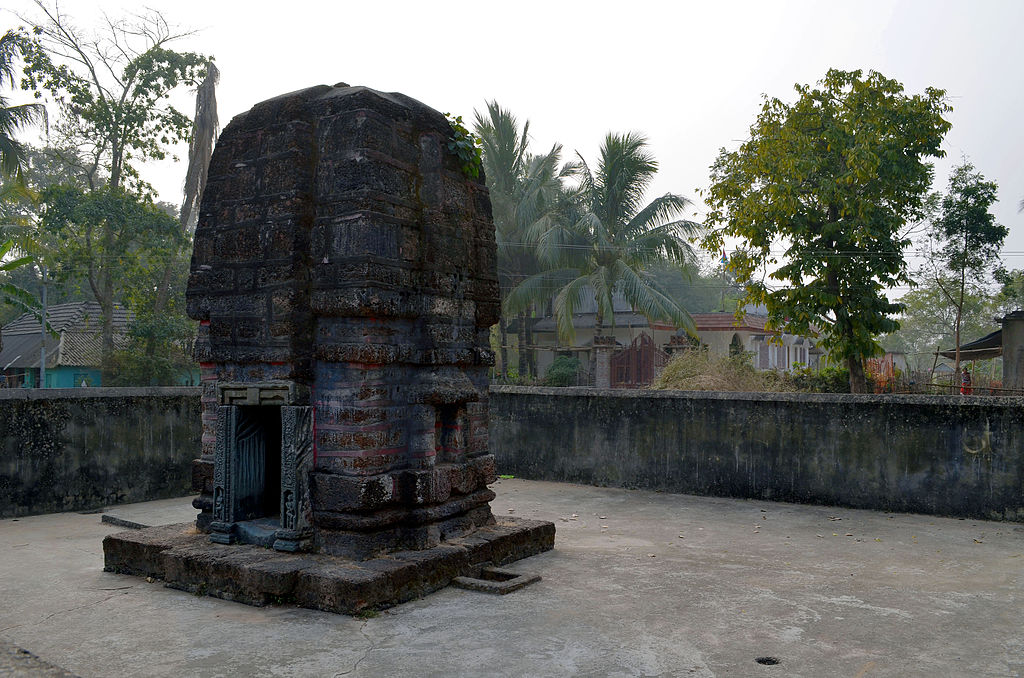
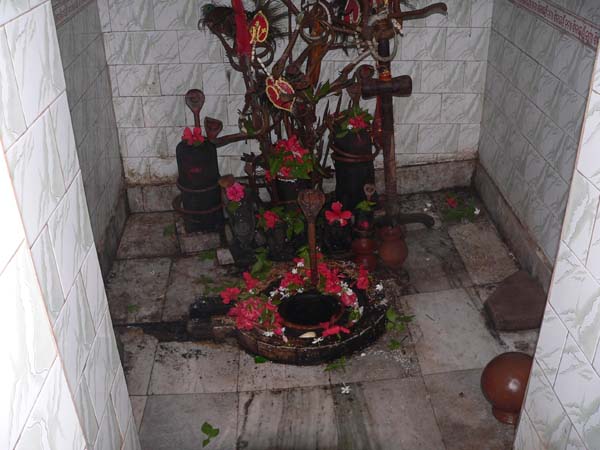
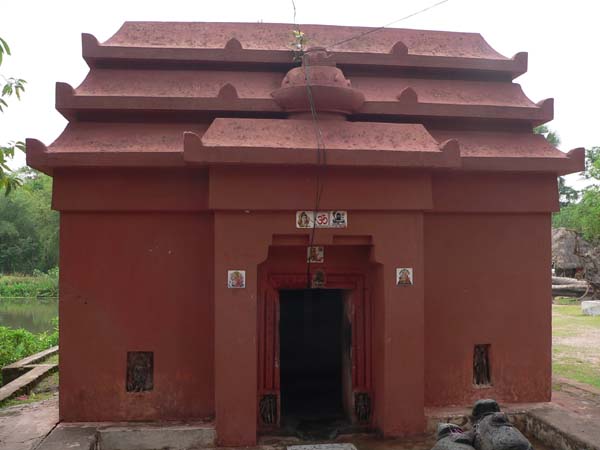
Neglected Monument
During Shivaratri, the annual “Jagara mela” fair attracts hundreds of thousands of people for a few days. Although the shrine is a popular historical monument and has its place in the National Arts Centre of Indira Gandhi (IGNCA), it is a blind spot on the tourist map and seldom sees a tourist.
However, the old temple is currently languishing in neglect. For anyone to know about the architectural and historical details, there is not a single sign board in the temple. While every year for the Jagara mela, the new temple gets a makeover, the old one remains untouched to slowly perish. Some of the idols lie outside the temple, although several may have been robbed and sold in the antique market.
More: Wanted to download Odishashop.com visit here
Conclusion
Even known relatively well locally, the Khajureswara Temple Complex has been forgotten. A lot of the history of the site has been lost due to time, neglect and greed and more looks to be lost if this state of neglect continues. Let us stop this destruction of our cultural heritage by highlighting this site.

